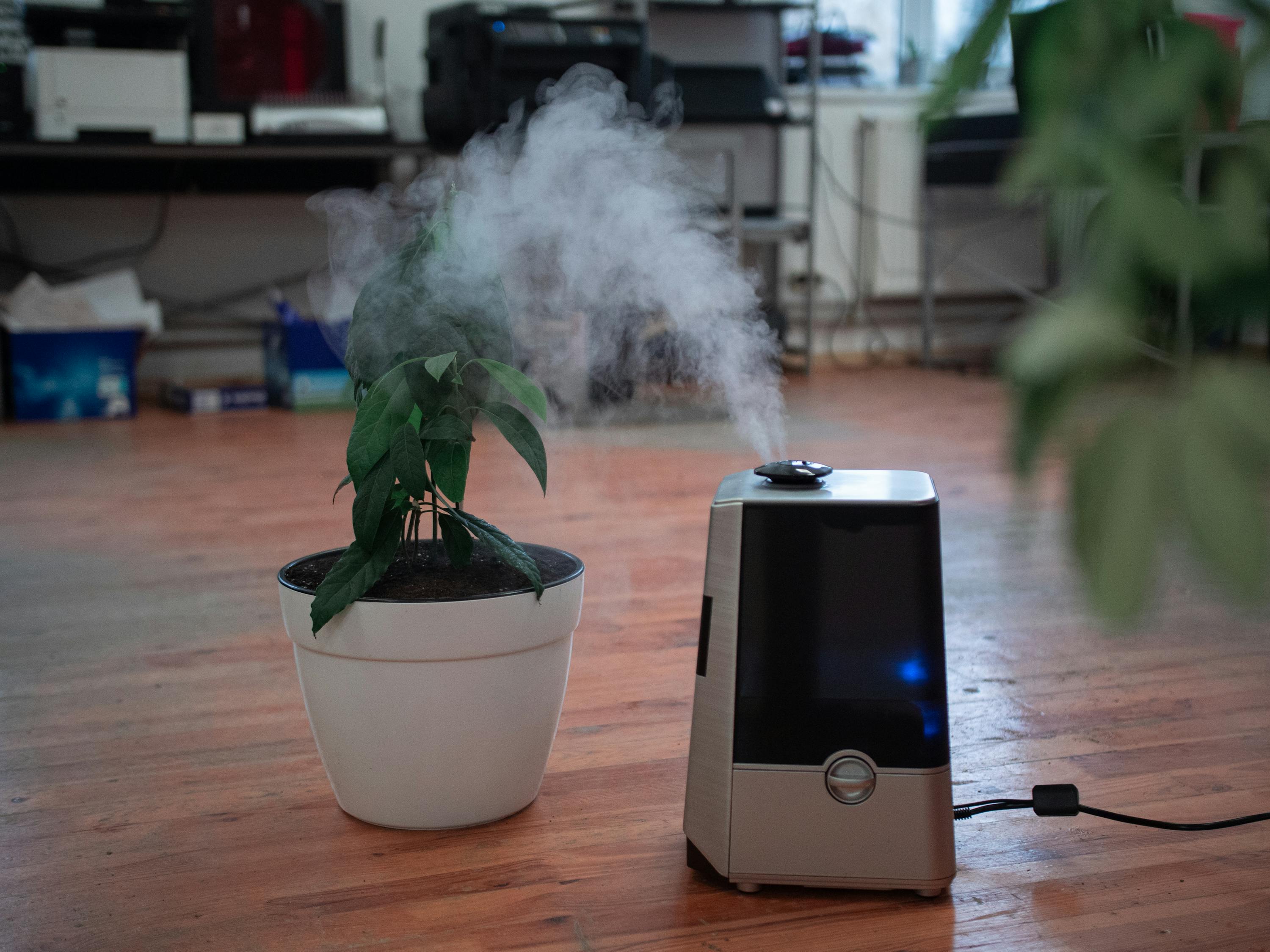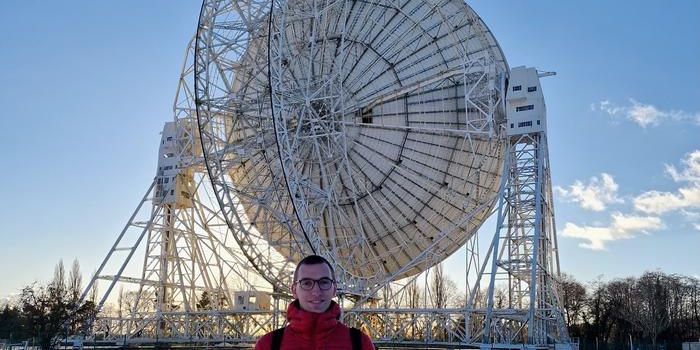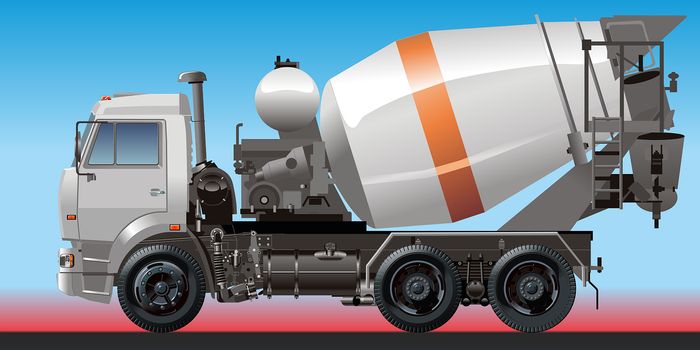Air purifiers may increase the spread of viral transmission, not hinder it
A recent study published in Physics of Fluids, from AIP Publishing, sheds new light on the pros and cons of air purifiers in the age of SARS-CoV-2. The study comes from scientists at the University of Nicosia in Cyprus who demonstrate that air purifiers might be doing more harm than help when it comes to transmission of the virus.
Air purifiers have been a popular purchase ever since the beginning of the pandemic because of their assumed ability to clean the air from viral aerosol particles. However, in addition to killing viruses and other microbes with UV ultraviolet radiation, air purifiers also increase ventilation by circulating air. What impact might this additional circulation have on viral transmission in small, confined spaces?
The researchers, who published their findings from previous investigations earlier this year on the speed of saliva coughed through air by a mask-less person (18 feet in 5 seconds), chose to investigate this question by analyzing how air moves about in an elevator installed with an air purifier. To do so, they simulated how particles emitted from a mild cough would circulate in a 3D space equivalent to an elevator with a capacity of five people.
"We quantified the effect of air circulation on airborne virus transmission and showed that installing an air purifier inside an elevator alters the air circulation significantly but does not eliminate airborne transmission," said author Dimitris Drikakis.
In fact, their calculations showed that low ventilation rates actually resulted in the lowest risk of airborne virus transmission. "This is due to reduced flow mixing inside the elevator," said author Talib Dbouk. "Regulatory authorities should thus define the minimum ventilation required depending on the type of building."
"Our results show that installing an air purifier may increase the droplet spread," Drikakis said. "The air intake integrated inside the purifier equipment induces flow circulation that can add to the transport of contaminated saliva droplets in the cabin."

These findings may seem counterintuitive but are important for developing ongoing safety protocols during the pandemic. The authors write: “The overall practical conclusion is that the placement and design of the air purifier and ventilation systems significantly affect the droplet dispersion and AVT. Thus, engineering designs of such systems must take into account the flow dynamics in the confined space the systems will be installed.”
Sources: Physics of Fluids, Eureka Alert








